
10 Diet Plans by New York Nutritionists to Lower Heart Attack Risk
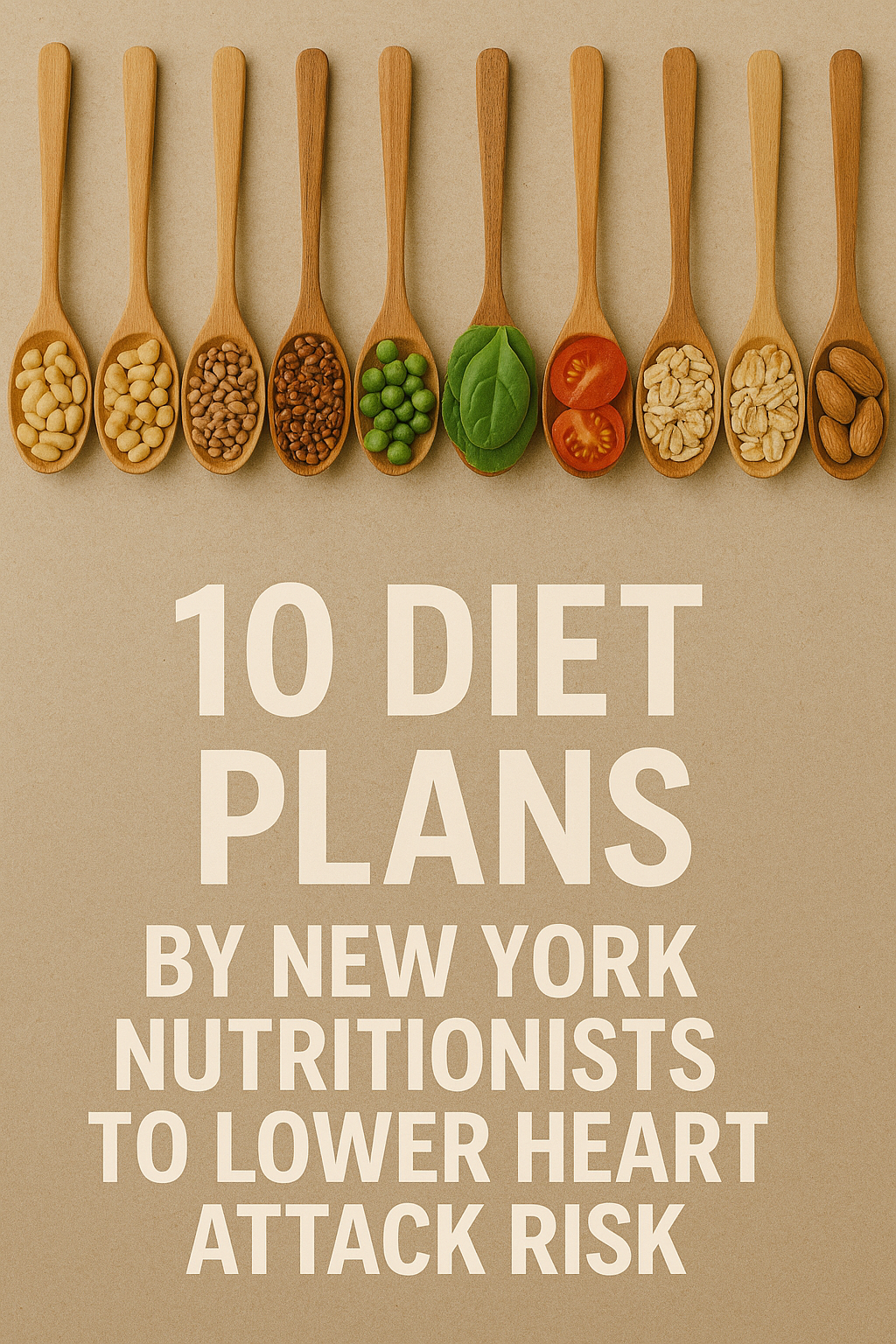
Diet Plans in a city like New York, where ambition beats louder than traffic horns, and stress lives in every subway car, your heart takes a daily hit. While sirens race to emergencies and hospital corridors buzz with cardiac cases, a quieter, more powerful tool sits on your plate.
Today’s U.S. healthcare system is slowly shifting from reactive treatment to proactive prevention.
And in that shift, food is no longer just nourishment. It’s medicine. It’s a strategy. It’s survival.
10 thoughtfully crafted diet plans, drawn from the insights of NYC’s top-tier nutritionists, that help lower your heart attack risk in the landscape of modern American health.
Why Diet is a Frontline Defence
In America, prevention is finally gaining ground.
Heart disease remains the #1 killer in the U.S., but providers and patients alike are waking up to a new truth: medications can only do so much when meals are working against them.
- Hospital care is expensive, even with insurance. Prevention is cost-effective.
- Nutrition counselling is becoming more accessible, with some plans covering it.
- New Yorkers are seeking balance in a city built on speed and hustle.
Your diet is one of the few health tools completely in your hands.
1. The Mediterranean NYC Remix
This one never goes out of style, because it works. But NYC nutritionists adapt it to American lifestyles.
Focus:
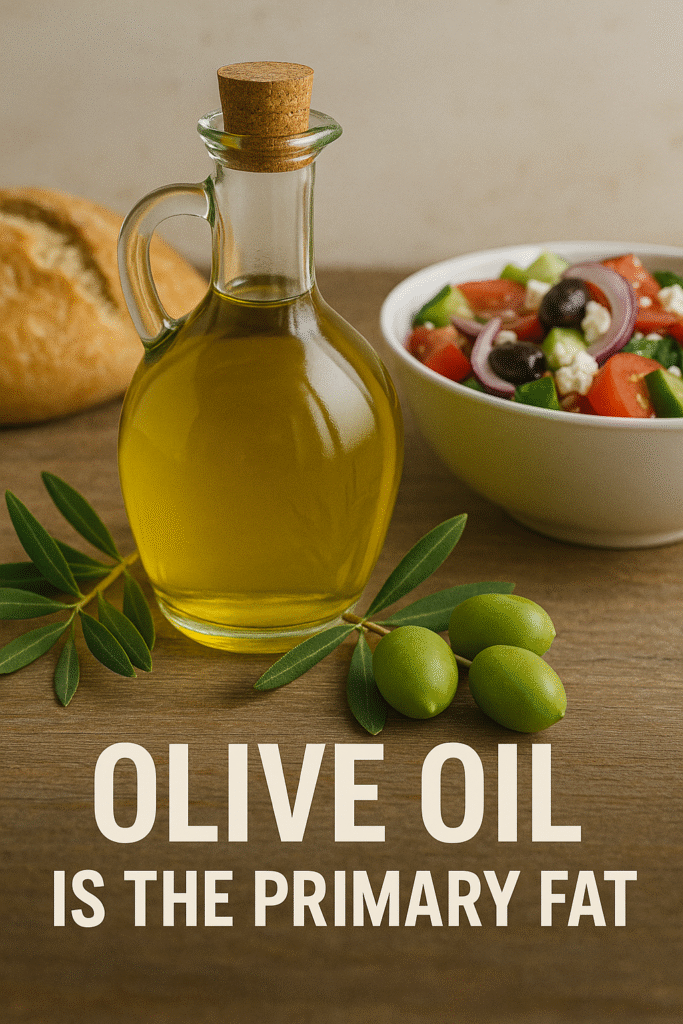
- Olive oil is the primary fat
- Whole grains like farro and quinoa
- Leafy greens, beans, and nuts
- Lean proteins, especially fish
Why it matters:
Rich in omega-3s and antioxidants, this diet reduces inflammation and plaque buildup.
NYC twist: Quick, packable meals like chickpea bowls, hummus wraps, and fish tacos keep it realistic for a city on the go.
2. The DASH Diet (NYC Heart Edition)
DASH stands for Dietary Approaches to Stop Hypertension, and in the U.S. healthcare system, it’s widely recommended for controlling blood pressure, a leading risk factor for heart attacks.
Core Guidelines:
- Reduce sodium intake (ideally below 1,500 mg/day)
- Prioritise potassium-rich foods (bananas, sweet potatoes)
- Lean meats, minimal red meat
- Whole grains and low-fat dairy
It’s simple, science-backed, and doesn’t demand perfection, just intention.
3. The Plant-Strong Plate
This isn’t veganism. It’s a rebalancing.
Nutritionists in NYC are pushing this idea hard: build your meals around plants, not proteins.
Structure:
- 70% fruits, vegetables, legumes, grains
- 30% lean meat or fish
- Snacks: roasted chickpeas, nut butter, fruit
Why it’s powerful:
Fibre, flavonoids, and micronutrients support heart health and blood vessel function.
Less meat = less saturated fat = less cardiovascular strain.
4. The Low-Glycemic Reset
Too many sugar spikes? Your heart knows.
This diet protects against diabetes and actively reduces heart disease risk by avoiding blood sugar rollercoasters.
Principles:
- Eliminate refined carbs and added sugars
- Embrace berries, legumes, whole oats, and leafy greens
- Combine carbs with protein or fat to slow digestion
NYC-friendly swaps: Steel-cut oats for breakfast, avocado toast on whole-grain rye, lentil bowls for dinner.
5. The Omega-3 Protocol
Fat isn’t the enemy; bad fat is.
This targeted approach focuses on the power of healthy fats, especially EPA and DHA, key anti-inflammatory agents in heart protection.
What’s on the menu:
- Fatty fish 2–3 times/week (salmon, sardines)
- Flaxseeds, chia, walnuts
- Avocados, olive oil
Don’t forget: Many NYC nutritionists recommend plant-based omega-3s if fish isn’t your thing.
6. The Anti-Inflammatory NYC Blend
Inflammation is the root of many chronic diseases, including heart attacks.
This isn’t a rigid plan. It’s a lifestyle matrix that guides choices based on what cools, not fuels, inflammation.
Staples:
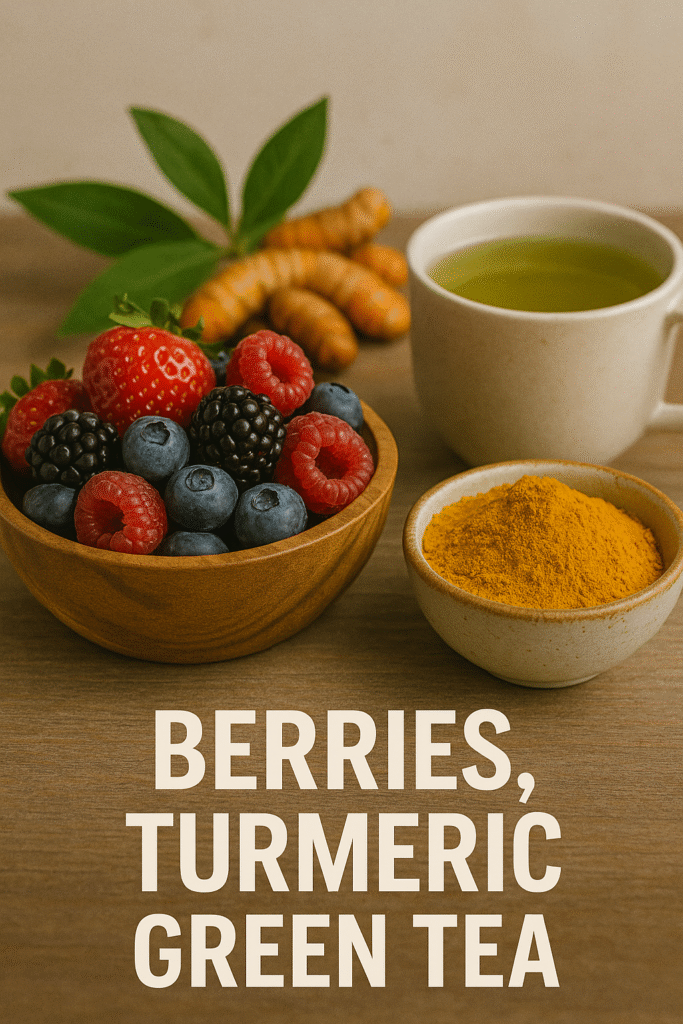
- Berries, turmeric, green tea
- Leafy greens, cruciferous vegetables
- Minimal processed foods
Key idea: The more colour on your plate, the more anti-inflammatory the meal.
7. The Intermittent Fasting Heart-Check
NYC dietitians are exploring time-restricted eating not as a weight-loss gimmick but as a metabolic healing tool.
Structure:
- 16:8 fasting window (eat in an 8-hour block, fast for 16)
- Nutrient-dense meals, not calorie-restricted
- Plenty of hydration, electrolytes, and fibre
Why it helps:
Improved insulin sensitivity, lower resting heart rate, and better lipid profiles.
Not for everyone, but for some, it’s a powerful reset.
8. The Clean Keto Heart-Safe Plan
Traditional keto raises eyebrows in heart-health circles. But clean keto, stripped of bacon and butter excesses, can be heart-friendly.
Emphasis:
- Healthy fats: avocado, olive oil, seeds
- Lean proteins and low-carb vegetables
- Absolutely no processed meats
Only for short-term cycles and always under a professional’s watch.
The focus? Insulin regulation, inflammation reduction, and steady energy.
9. The NYC Flexitarian Blueprint
Not quite vegetarian, not quite omnivore, this plan lets you pivot.
Nutritionists love it because it’s adaptable, realistic, and perfect for diverse NYC dining.
What it looks like:
- Meatless Monday (and maybe Tuesday)
- Plant-forward plates 80% of the time
- Local, seasonal produce
Flexibility = Sustainability. And sustainable diets lead to consistent results.
10. The Sodium-Awareness Strategy
You’d be surprised how much salt hides in your takeout, even your “healthy” order.
Nutritionists in NYC often recommend a targeted sodium-cutting strategy rather than going cold turkey.
Key Actions:
- Read labels, aim for <5% DV sodium per serving
- Cook at home twice more per week than usual
- Flavour with herbs, citrus, garlic, and vinegar instead of salt
The result? Lower blood pressure, reduced fluid retention, and a happier heart.
The Relevance in Today’s U.S. Health Market
We’re living in a paradox. America leads in advanced cardiac surgery and pharmaceutical interventions, yet the lifestyle-driven disease is still dominating hospital beds.
Food is becoming the front line. Nutritionists are the new ER.
- Insurance plans are slowly expanding to cover preventive nutrition counselling.
- Primary care doctors are now prescribing “food as medicine” more than ever.
- Urban populations like NYC demand practical, meal-prep-friendly guidance, not just abstract food pyramids.
What does this mean for you?
You don’t have to wait for a heart scare to start eating for your future.
Eat Like You Love Your Heart
You don’t need to count every calorie, ban every food group, or eat like a monk. You need to eat like someone who plans to stick around. Someone who knows that feeling good is worth the effort. Someone who sees food as more than fuel, it’s your front line, your peace offering, your secret weapon.
These 10 plans aren’t fads. They’re frameworks.
They’re flexible, doable, and tailored to real lives in real cities, like yours.
So go ahead. Start small. Swap fries for roasted veggies. Try oats instead of muffins. Have salmon instead of steak.
Every bite is a choice. Every choice is a chance.
And in a city like New York, where every heartbeat matters, that chance is everything.


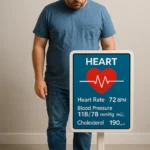
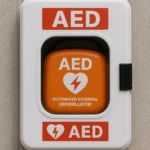
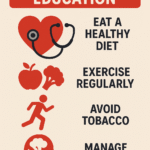


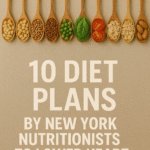




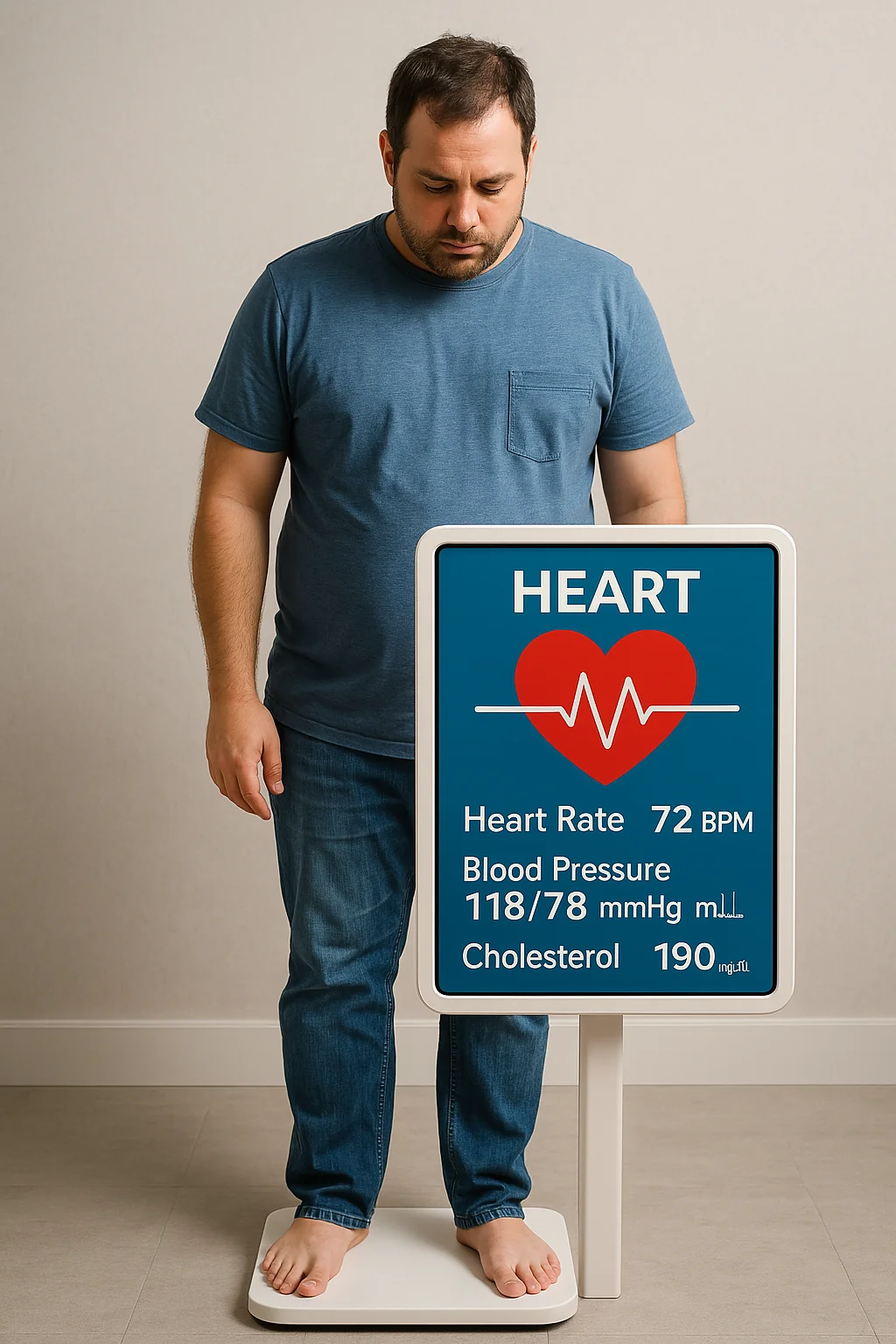

Post Comment